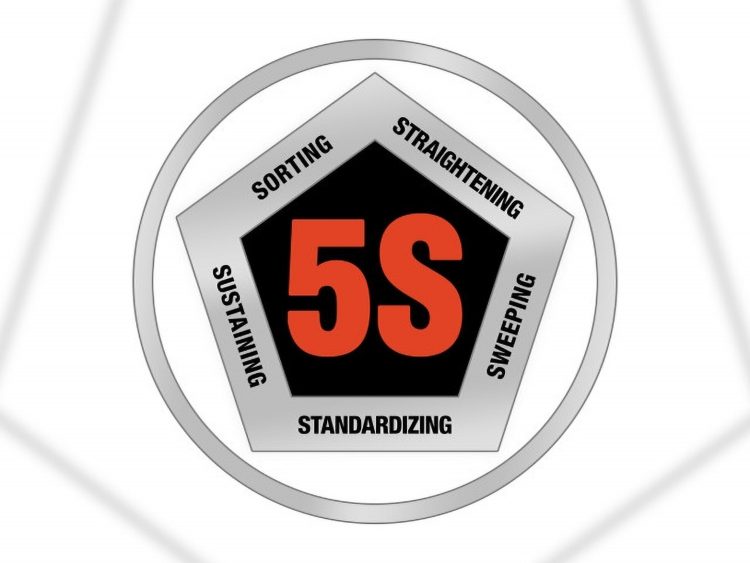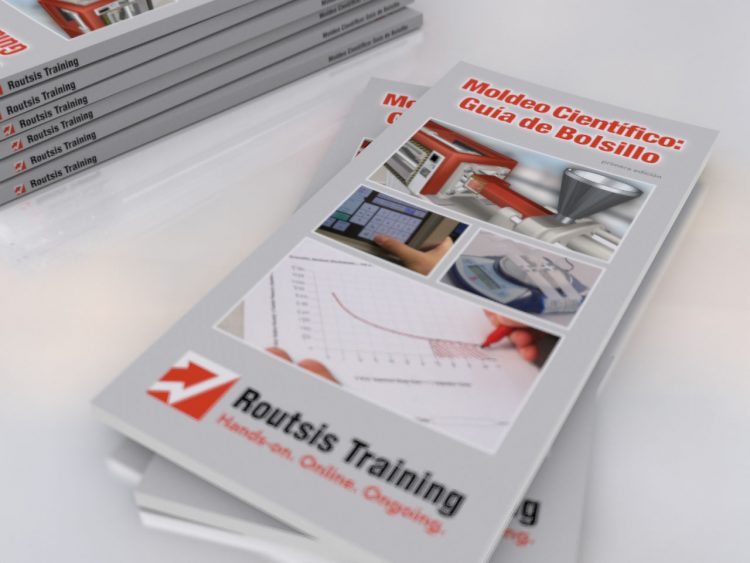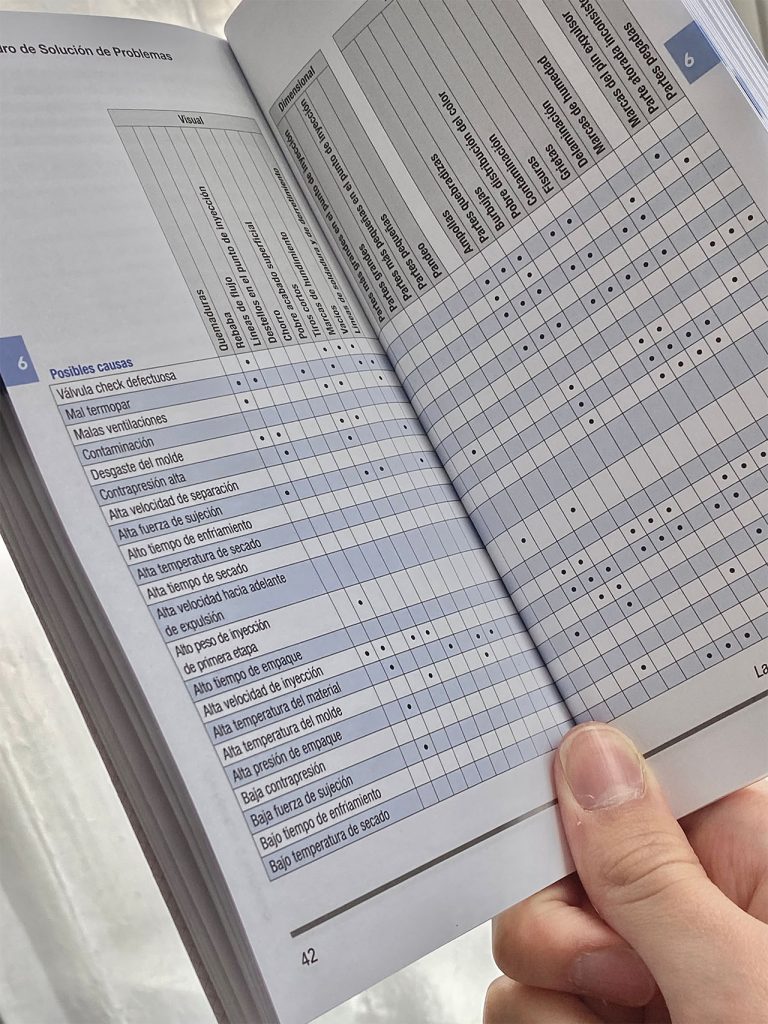In our previous posts, we explained a bit about mastering measuring tool usage and how to fixture the tool or workpiece to ensure accurate measurement. Here, we will take a look at what calibration means — and how simple field-checking is different but equally important.
Calibration
Sometimes a quality technician or tool maker will pick up a gauge block, measure it with a pair of calipers, adjust the zero, and say it is now ‘calibrated.’ This is definitely not a calibrating process. In fact, it does not even qualify as field-checking.
Calibration is a costly and time-consuming process, which takes place in a specialized laboratory under controlled testing conditions. In calibration, measuring equipment usually has to be stabilized to a specific temperature for a specific period of time before they are used to conduct very specific measurements.
Tools that pass calibration are certified to provide you accurate measurements at the time of certification. Most production companies have a proper calibration performed on all their critical measuring devices at least once a year to ensure the measurement equipment is considered reliable.
Field-Checking
Field-checking is typically conducted in the quality area by employees and is not equivalent to professional calibration. The most common type of field check involves making two significantly different measurements as well as a zero measurement when possible. If all measurements are correct, it provides a strong indication that the measuring tool is functioning as expected. A field check ensures the internal measuring components are functioning properly.
Tools that pass a field check demonstrate they are highly likely to provide you with accurate measurements. This process is best used when a measuring tool has been used for a while, removed from storage, or is considered suspect for any reason.
Routsis Training has developed innovative hands-on training labs for Basic, Intermediate, and Advanced Measuring Tools. There is no better way to ensure your personnel know how to obtain accurate measurements. These training labs are also part of the Quality curriculum in our Professional Certification Portals, which deliver essential training and benchmarking to your entire workforce.





